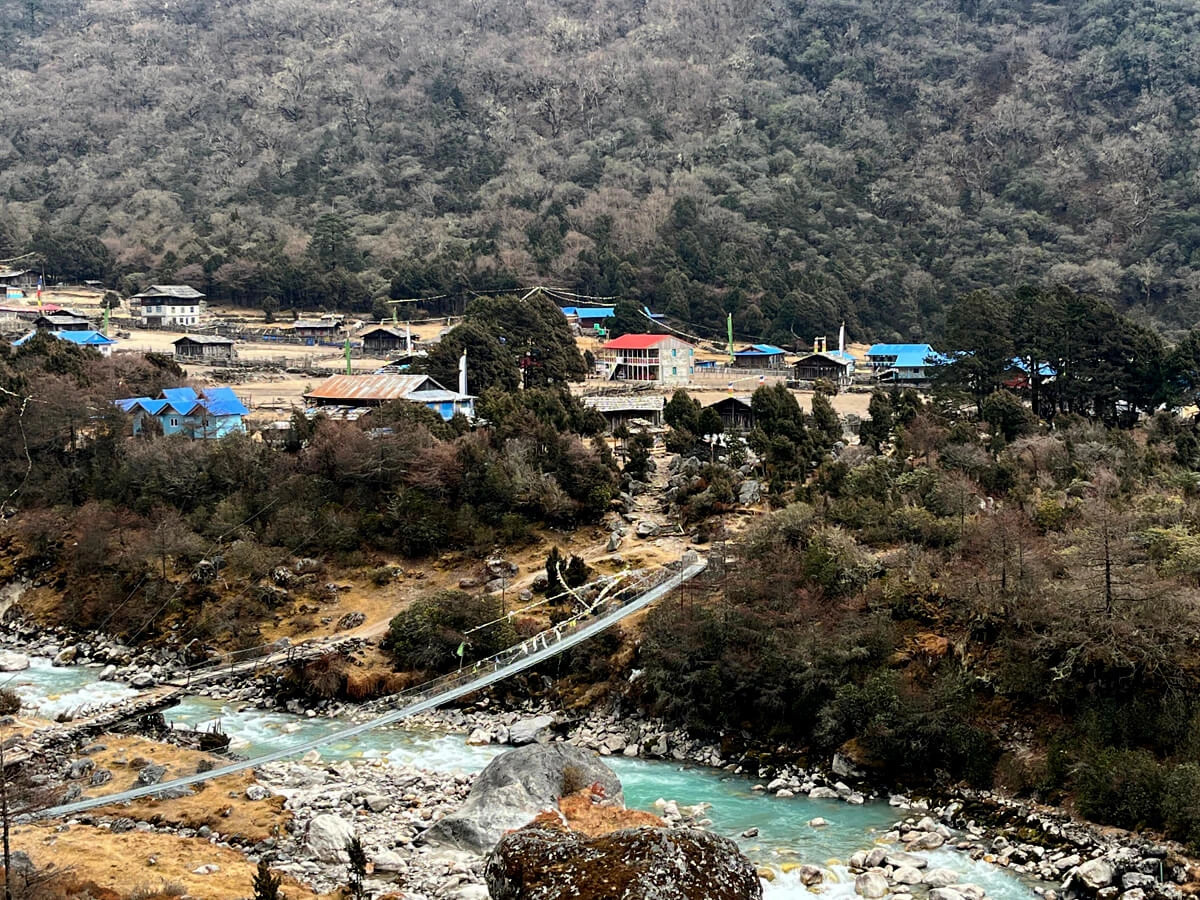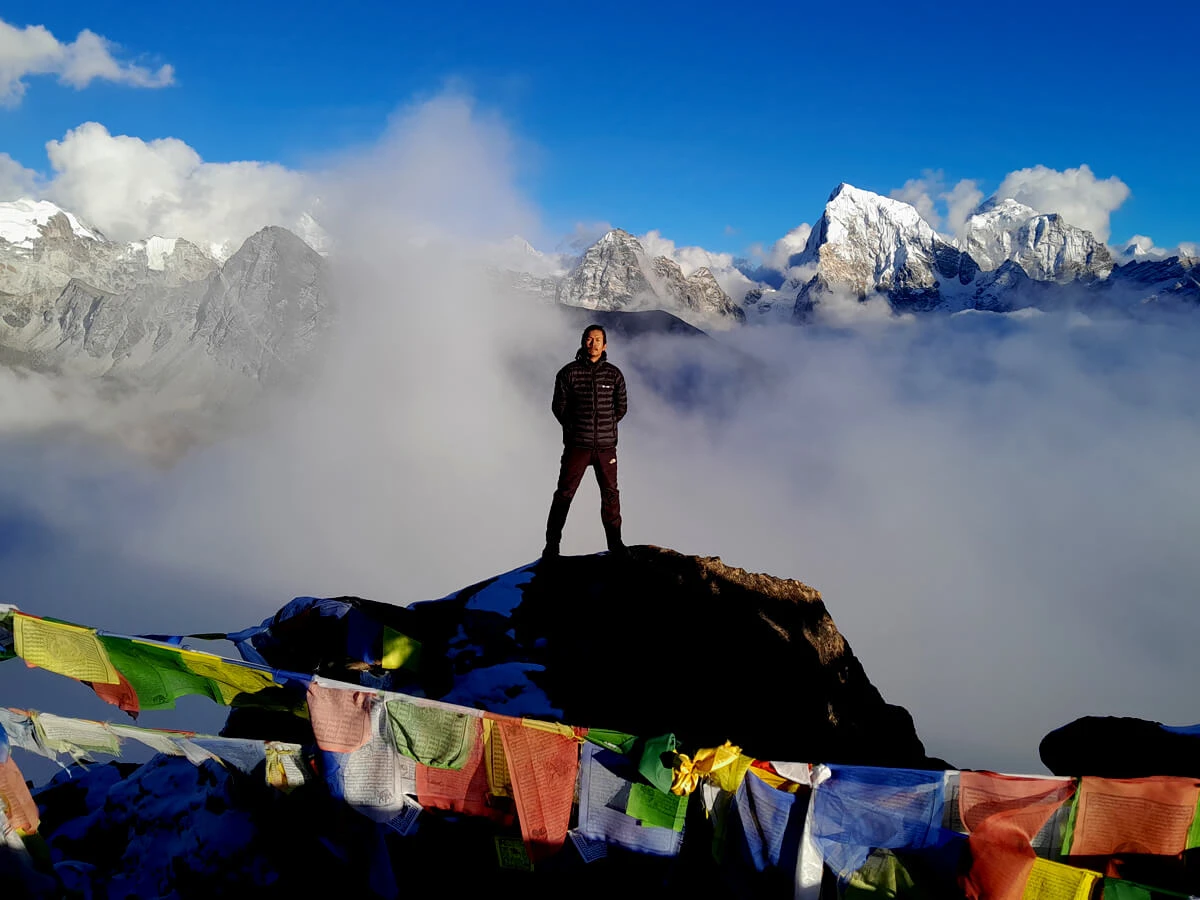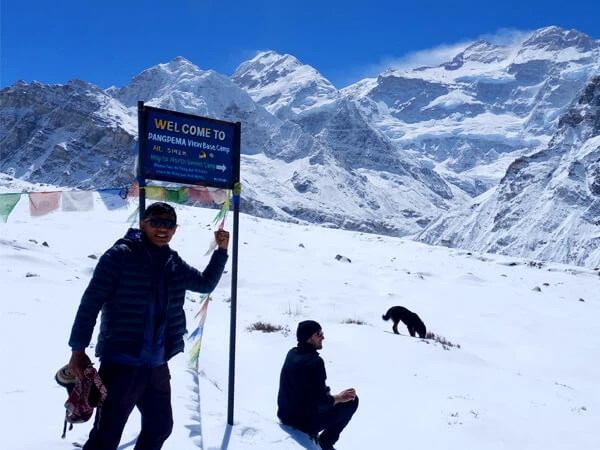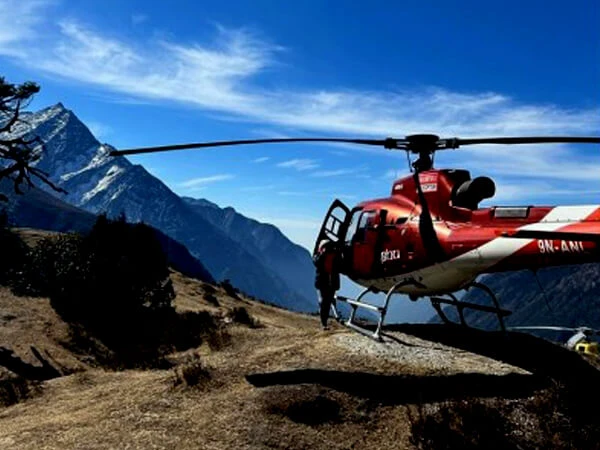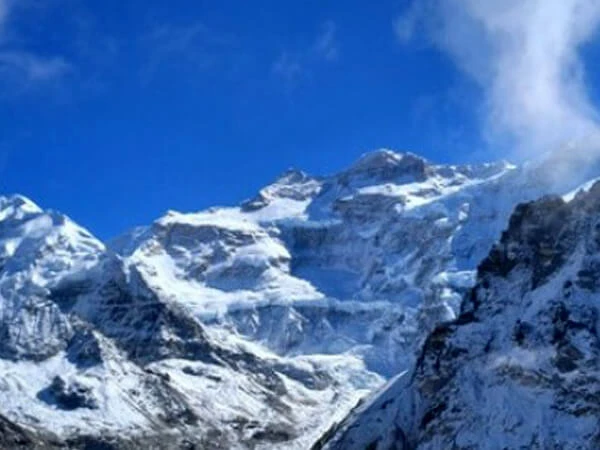Among the most popular trekking trails in the eastern part of Nepal, the Exciting Kanchenjunga trek is one of the least crowded trekking in Nepal. Even though the trail was open to trekkers in 1988, it remains unexplored to date, as only a few trekkers have stepped on it. The name Kanchenjunga means “the five treasures of high snow” in the Tibetan language, which refers to the five peaks: Kanchenjunga main (8,586 m), Kanchenjunga west“ Yalung Kang” (8,505 m), Kanchenjunga central (8,482 m), Kanchenjunga South (8,494 m), and Kangbachen (7,903 m). Trekking in Kanchenjunga offers you a tremendous view of Mt. Everest (8,848 m), Mt. Lhotse(8,516 m), Mt.Makalu(8,201 m), and Mt. Kanchenjunga itself. Standing at an elevation of 8586 m, Kanchenjunga, the third-highest mountain in the world, was first climbed in 1995 by Joe Brown and George Band, who were part of a British expedition. Highly pleasing Kanchenjunga trekking provides you with immense pleasure through magnificent scenarios decorated with terrace landscapes, remote mountain ranges, and pristine Rhododendron forests.
Bhutan, China, India, and Nepal share the transboundary landscape of Kanchenjunga. One of the main highlights of the adventurous and thrilling Kanchenjunga trek is walking through the beautiful villages of the Kanchenjunga Conservation Area (KCA, 1997). Covering an area of 2035 square kilometers is home to many globally significant flora and fauna and endangered species such as the red panda, the Himalayan black bear, musk deer, the elusive snow leopard, and many more. Due to its remoteness, some trekkers and locals believed that the Abominable Snowman or “Yeti” is found in the Kanchenjunga region, but the existence of the Yeti remains a mystery unsolved story that will surely excite many travelers and passersby. Besides, you will explore the beautiful, vibrant village of the Kanchenjunga region, inhabited by different communities of Sherpa, Rai, Limbu, and Gurung. Discovering their richly diverse culture, traditions, and customs, the trail lets you interact with local people and gives you a chance to observe the lifestyle of rural Nepalese people.
26 Days Kanchenjunga trekking starts with your flight from Kathmandu to Bhadrapur, then travel by road to Taplejung. It is roughly 9-10 hours of driving. As you trek above, you slowly gain altitude, which might make you feel vomiting, nausea, low pressure, etc, which is normal at high altitudes, but proper acclimatization helps you to reduce Acute Mountain Sickness (AMS). Along with the stunning views of Mt. Jannu, Jongsong, Kabru, Tent Peak, and the twins, the Kanchenjunga trek leads you to the highest point of your trek, Pang Pema (5,140 m), from the Northern Kanchenjunga Valley. Before reaching Pang Pema, you can see Yalung Base Camp (4,850 m) from the southern Kanchenjunga Valley. Sele Le (4,290 m) connects both Kanchenjunga North Base Camp and South Base Camp. There are other remarkable places such as Lalikharka (2,220 m), Keswa (2,100 m), Mamanke (2,000 m), and many more in the Kanchenjunga region. You require a Special Restricted Area Entry Permit along with a Kanchenjunga Conservation Area Permit to explore the Kanchenjunga region. You will have limited options or choices regarding food or accommodation, although there are a few tea houses available with basic facilities. Thus, Kanchenjunga trekking might be challenging, but a good level of fitness, a few precautions, and a heart full of confidence will help you to complete this trek.
You are invited to join this exotic area trek with one of the friendliest and most trusted travel companies in Nepal. There is no doubt that the Nepal Adventure Team provides you with a great opportunity to discover the eastern valleys of remote Nepal with an early booking for 2025 and 2026.
Highlights
- Spectacular Mountain Sceneries: Marvel at the magnificence of Mount Kanchenjunga (8,586m), the 3rd highest mountain on earth, and more neighboring Himalayan giants.
- Off- the-beaten-track Trails: Alluring off-the-beaten-track choice for the unspoiled nepal.
- Diverse Landscapes: Experience a range of terrains, from verdant subtropical forests and terraced farmlands to alpine meadows and glacial moraines.
- Rich Biodiversity: Trek through the Kanchenjunga Conservation Area, an environment of unique wildlife that includes the snow leopard, red panda, Himalayan black bear, and hundreds of bird species.
- Cultural Experiences: Join the local

